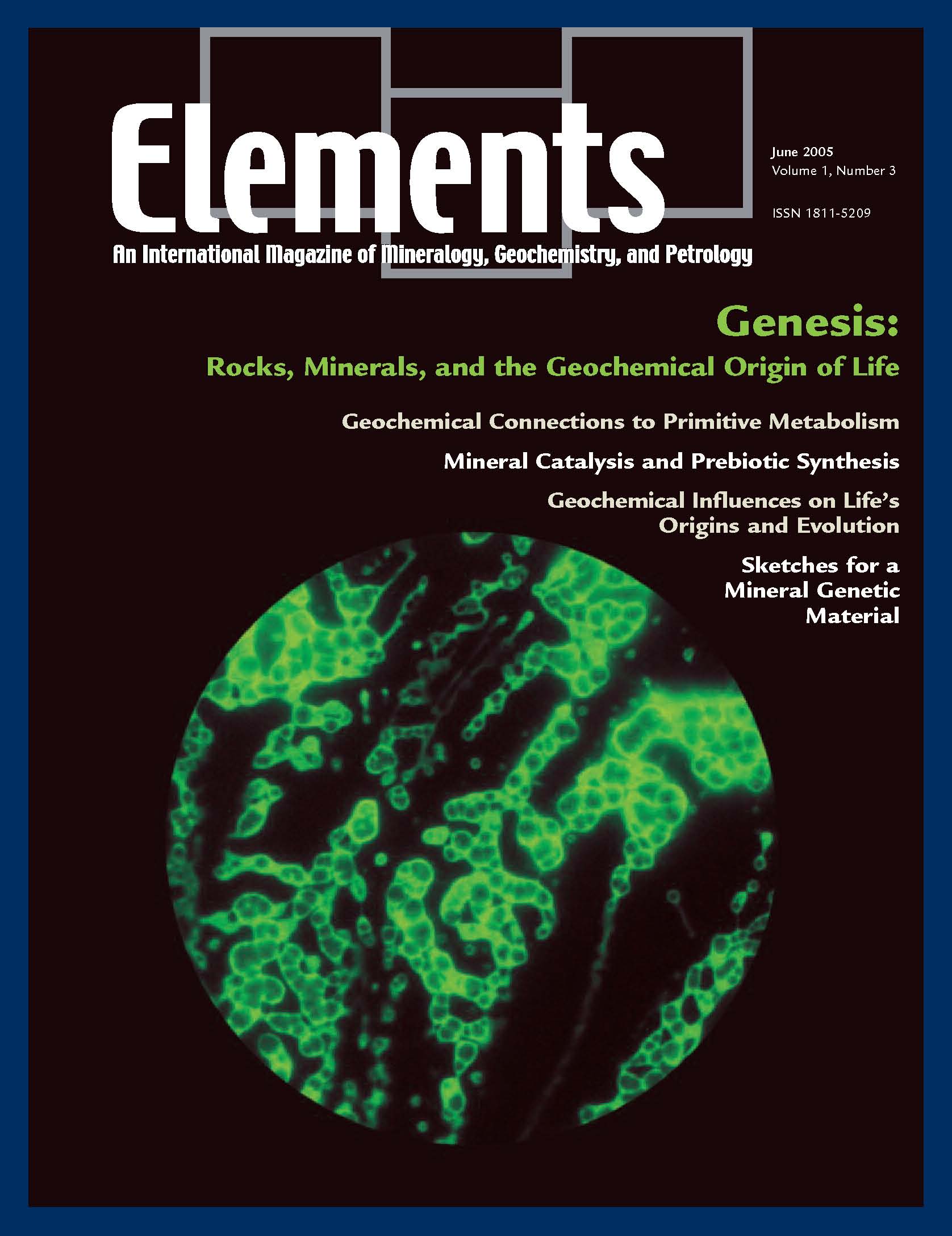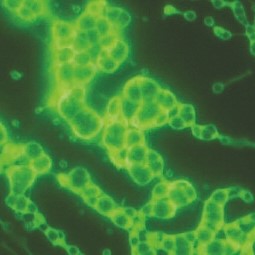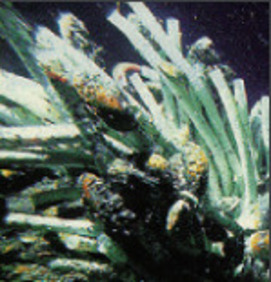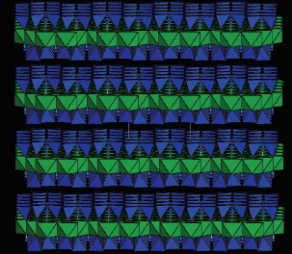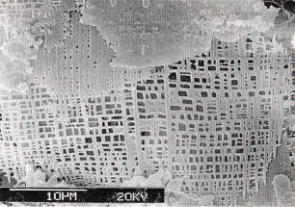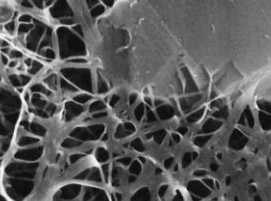
Genesis: Rocks, Minerals, and the Geochemical Origin of Life
Robert M. Hazen – Guest Editors
Table of Contents
In the beginning, Earth was a blasted, lifeless planet of water, air, and rock. From these raw materials, life emerged through a sequence of geo-chemical processes, including mineral-catalyzed organic synthesis, con-centration of those molecules in mineral surfaces, and assembly of life’s essential macromolecules.
- Genesis: Rocks, Minerals, and the Geochemical Origin of Life
- Geochemical Influences on Life’s Origins and Evolution
- Mineral Catalysis and Prebiotic Synthesis: Montmorillonite-Catalyzed Formation of RNA
- Geochemical Connections to Primitive Metabolism
- Sketches for a Mineral Genetic Material
Cambridge University Press
Environmental Isotope Laboratory
Excalibur Mineral Corporation
Geological Society of London
HORIBA Jobin Yvon
Hudson Institute of Mineralogy
Materials Data (MDI)
Meiji Techno America
Rigaku
RockWare
Society for General Microbiology
Universität Bayreuth
v1n4 Toxic Metals in the Environment: The Role of Surfaces
Guest editor: Donald L. Sparks,
The fate, transport, and bioavailability of toxic metals in the environment are of major concern worldwide. Surfaces control such important processes as metal sorption, redox, and dissolution. This issue will explore some of the frontiers in understanding and predicting metal reactions and mechanisms on natural surfaces. These phenomena will be explored at multiple scales, using novel analytical techniques.
- Toxic Metals in the Environment: The Role of Surfaces Donald L. Sparks (University of Delaware)
- Earth’s Nano-Compartment for Toxic Metals Michael F. Hochella Jr. and Andrew S. Madden (Virginia Tech)
- Metal Retention and Transport on Colloidal Particles in the Environment Ruben Kretzschmar (Federal Institute of Technology (ETH) in Zurich) and Thorsten Schäfer (Colloid Chemistry Group)
- Shining Light on Metals in the Environment David H. McNear Jr. (Pennsylvania State University), Ryan Tappero (University of Delaware), and Donald L. Sparks (University of Delaware)
- Synchrotron X-ray Investigations of Mineral–Microbe–Metal Interactions Kenneth M. Kemner (University of Notre Dame), Edward J. O’Loughlin (National Laboratory), Shelly D. Kelly (University of Washington), and Maxim I. Boyanov (University of Sofia)
- Trace Metal Retention on Biogenic Manganese Oxide Nanoparticles Mario Villalobos (Stanford University), John Bargar (Stanford Synchrotron Radiation Laboratory), and Garrison Sposito (University of California)
- Fluids in Planetary Systems (January 2005 )
- Diamonds (March 2005)
- Genesis: Rocks, Minerals, and the Geochemical Origin of Life (June 2005)
- Toxic Metals in the Environment: The Role of Surfaces (September 2005)
- Large Igneous Provinces: Origin and Environmental Consequences (December 2005 )


